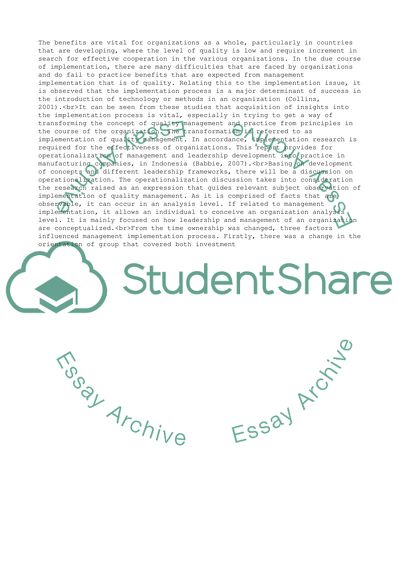Cite this document
(Management and Leadership Development (part 2) Essay, n.d.)
Management and Leadership Development (part 2) Essay. https://studentshare.org/management/1774404-management-and-leadership-development-part-2
Management and Leadership Development (part 2) Essay. https://studentshare.org/management/1774404-management-and-leadership-development-part-2
(Management and Leadership Development (part 2) Essay)
Management and Leadership Development (part 2) Essay. https://studentshare.org/management/1774404-management-and-leadership-development-part-2.
Management and Leadership Development (part 2) Essay. https://studentshare.org/management/1774404-management-and-leadership-development-part-2.
“Management and Leadership Development (part 2) Essay”. https://studentshare.org/management/1774404-management-and-leadership-development-part-2.


